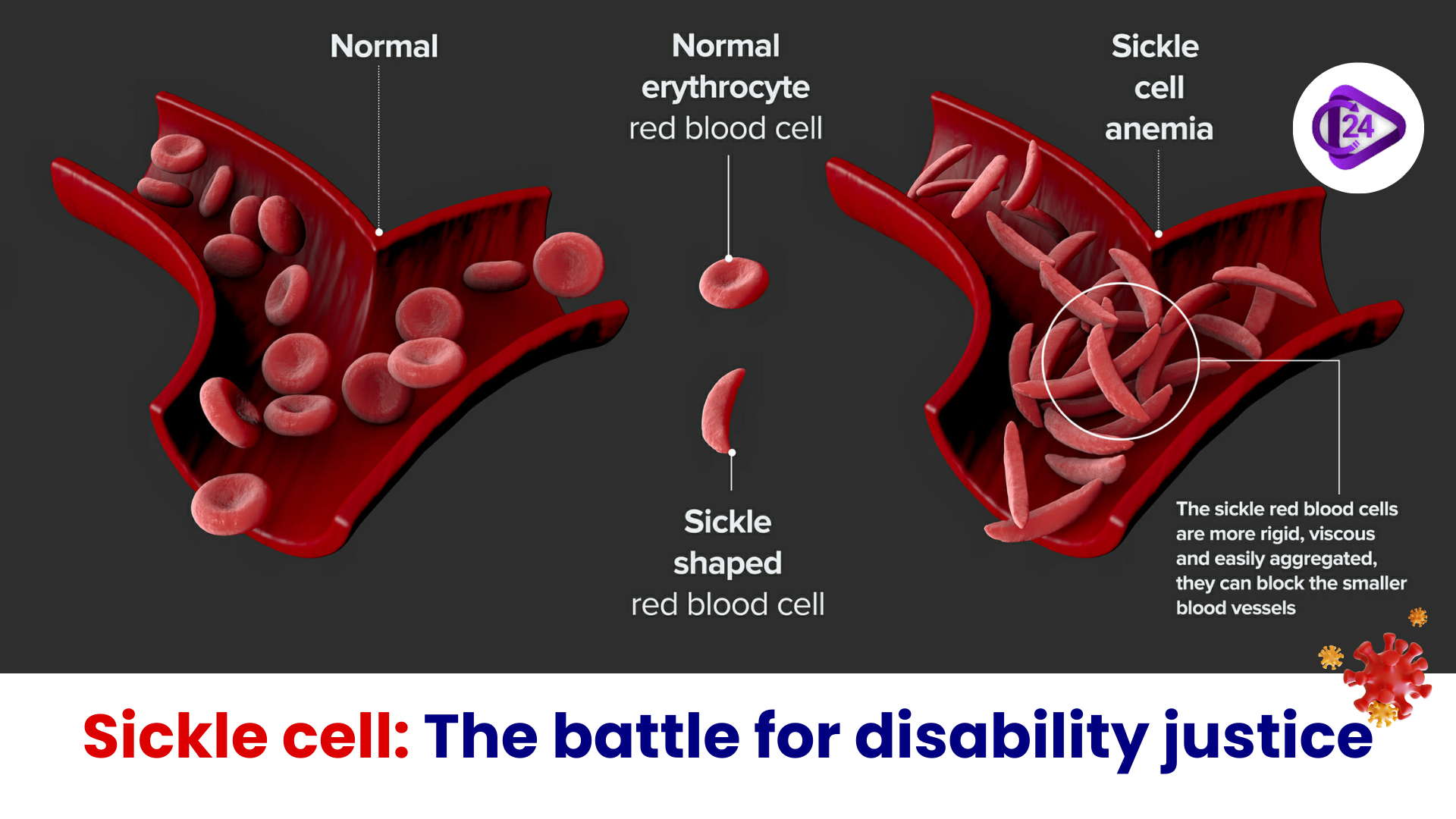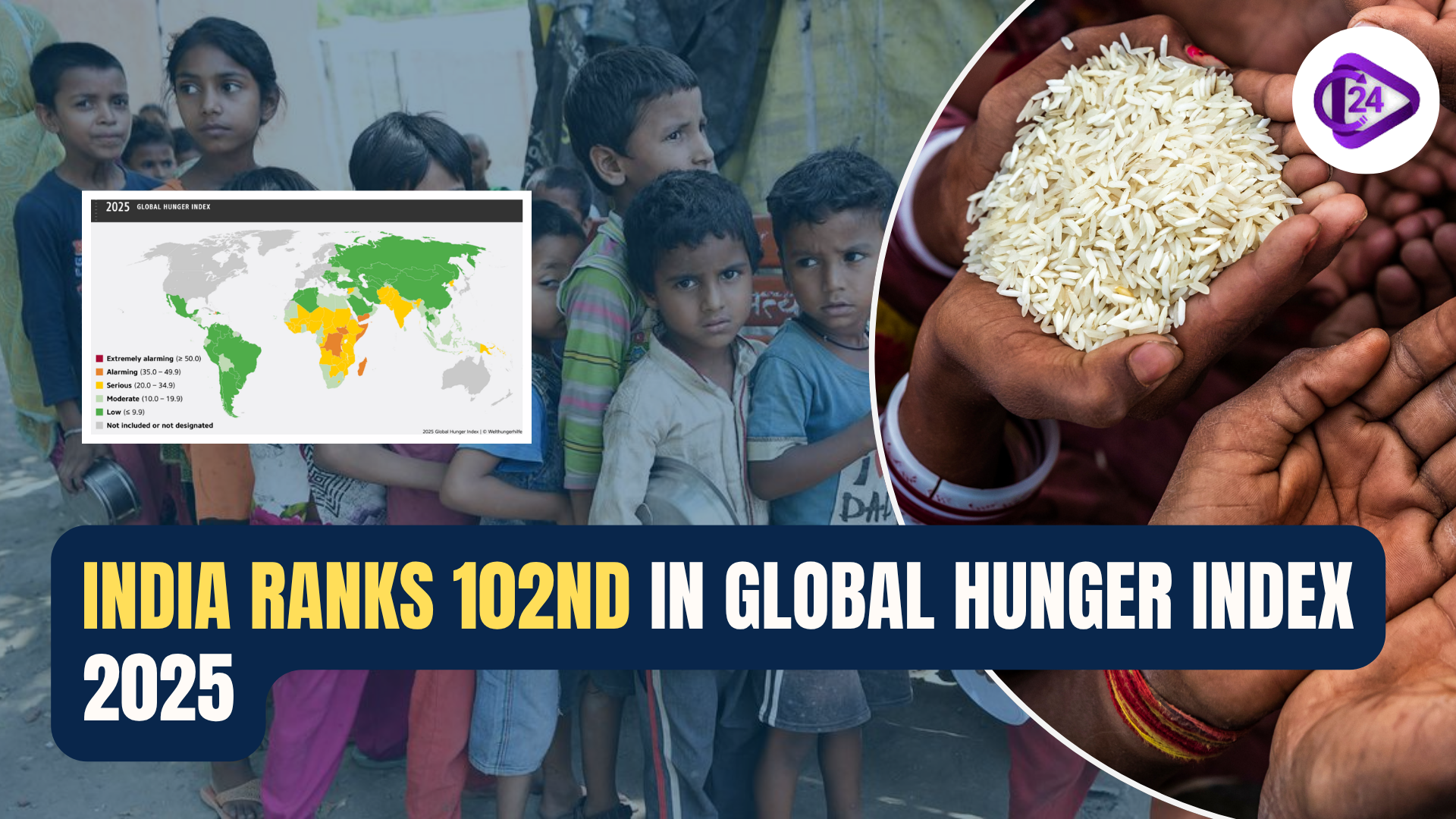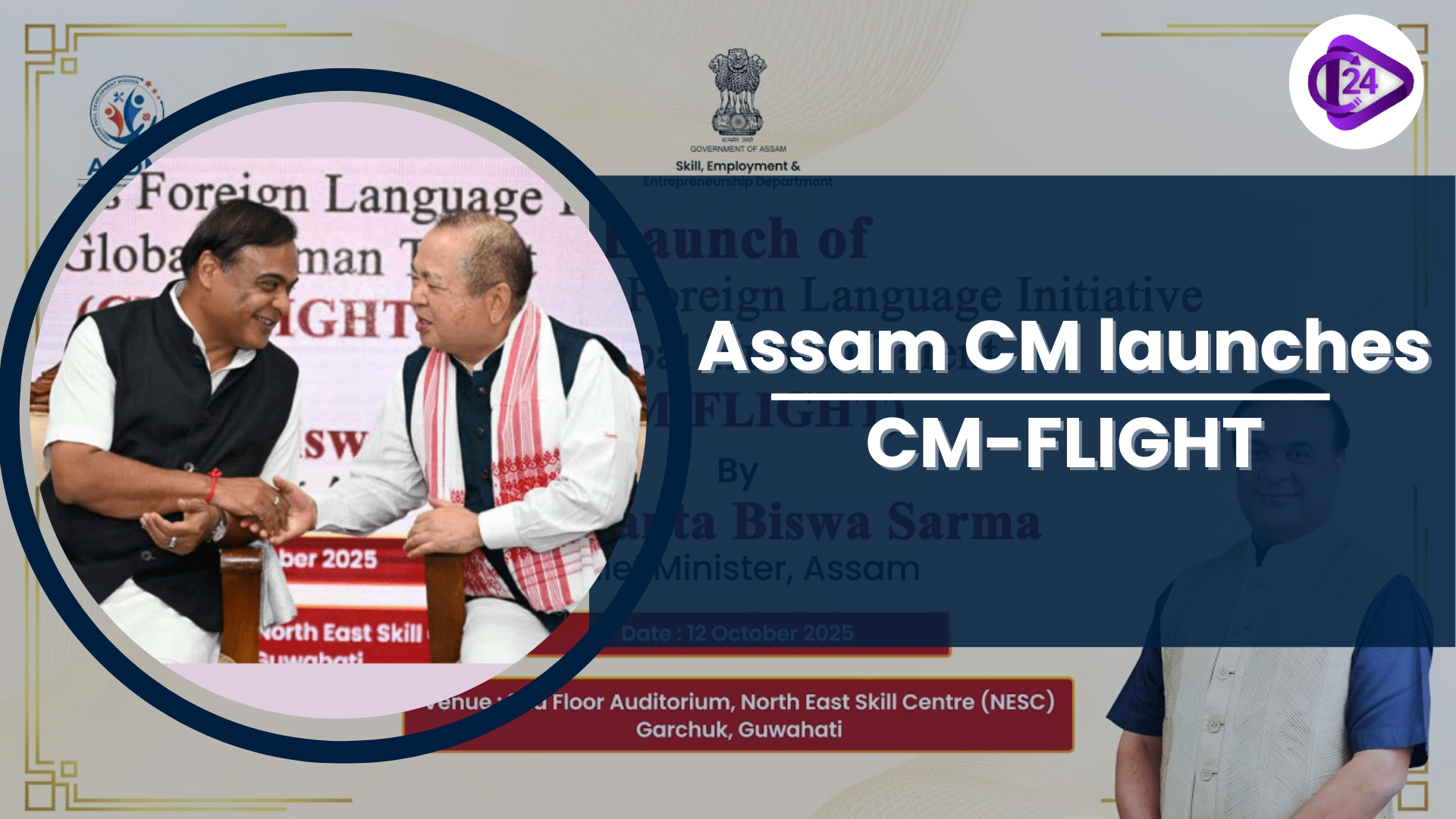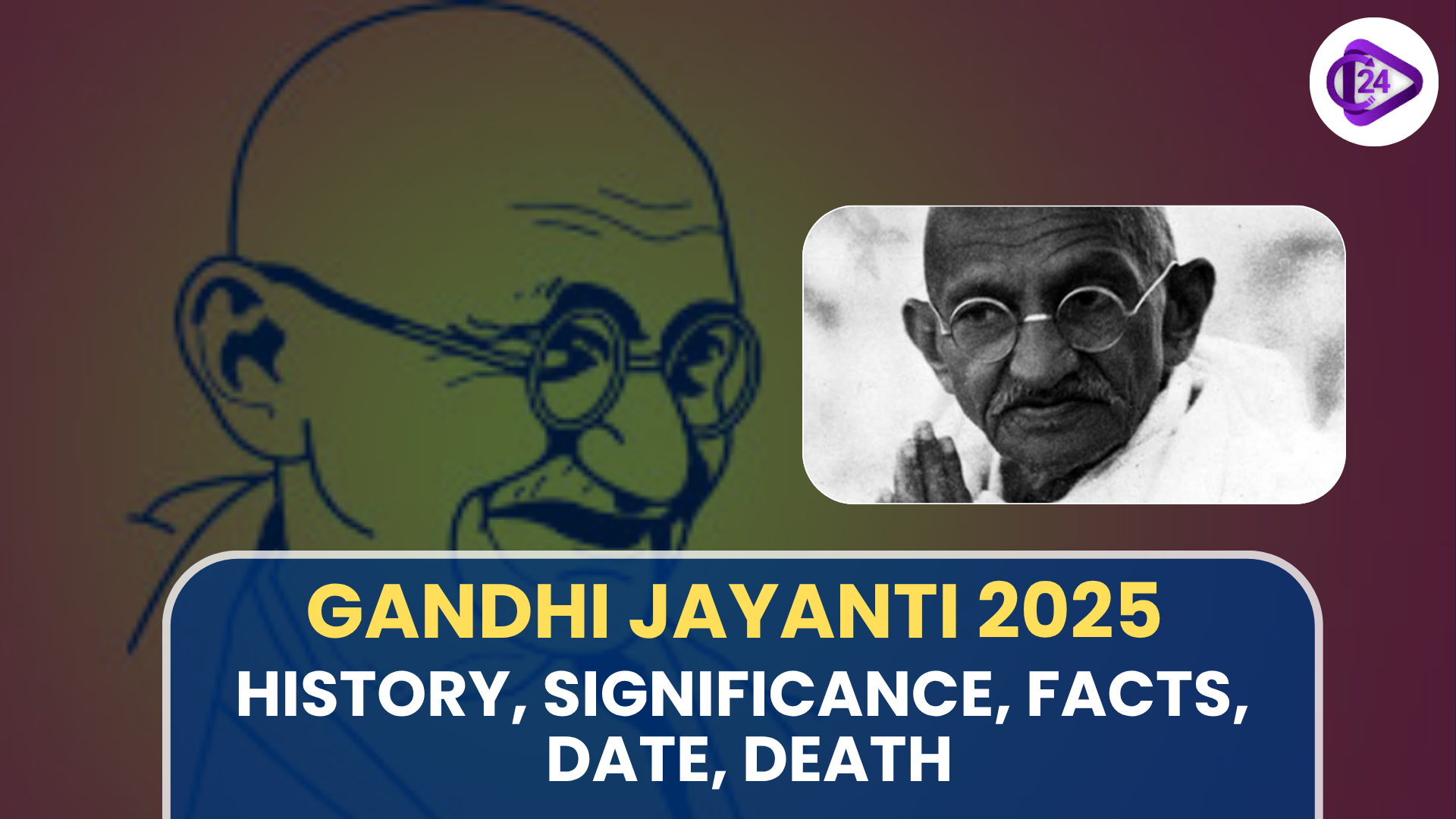
In March 2024, the Indian government released new disability assessment standards under the RPWD Act, 2016, to patients with sickle cell disease (SCD). SCD is a painful progressive blood disease that disproportionately strikes Adivasi and Dalit populations. The Act was looked upon as a gateway to reservations in education, jobs and welfare schemes, yet SCD patients still do not have a portion of the 4% public sector reservation quota. The certification process is difficult, unreachable, and does not reflect the lived experience of changing, unseen disabilities. Scholars posit that reforms are necessary in order to make disability rights inclusive among individuals with chronic conditions such as SCD.
What is in News?
-
Now the assessment of sickle cell disease is covered by revised guidelines under the Rights of Persons with Disabilities (RPWD) Act, 2016.
-
Regardless of this, SCD patients are still not able to enjoy full rights including job reservations under the 4% quota.
-
The certification system is another big deterrent, and it leaves out many who are severely but unpredictably disabled.
Key Points
1. About the RPWD Act, 2016
-
Grant rights and protections to individuals with benchmark disabilities (40 percent or higher impairment).
-
Gives free education, reservation in tertiary education and government jobs plus welfare benefits.
-
Meets the UN Convention on the Rights of Persons with Disabilities.
2. Problems facing Sickle Cell Disease Patients.
-
SCD is painful, organ-damaging, anaemic and often leads to hospitalisation, interrupting schooling and livelihoods.
-
Social exclusion of Adivasi and Dalit patients, which are affected disproportionately, compounds stigma.
-
Its symptoms are either not apparent or intermittent and therefore difficult to categorize using a strict set of criteria.
3. The impediments in Disability Certification.
-
The certification is to be done by government-appointed medical boards.
-
The scoring is biomedical in nature (e.g., transfusion requirement, neurological injury).
-
Lost schooling, employment or opportunities, socioeconomic effects cannot be counted.
-
There is the problem of rural patients who find it hard to access hospitals and diagnostic centers.
4. Policy Gaps
-
The recognition of SCD does not guarantee the inclusion in the 4% quota of employment.
-
Processes are closed off and they are disproportionately closed to the most marginalised groups.
-
Present structure simplifies disability to a medical rating and does not take into account lived lives.
5. Suggested Reforms
-
Agreements with individuals with SCD and other blood conditions should be extended in job reservations.
-
Build a certification system that is flexible and acknowledges changing and invisible circumstances.
-
Move to a rights-based, social and structural barriers perspective.
Conclusion
The patients of sickle cell disease are caught in a paradox recognised in the RPWD Act but not granted all the protections. Medicalised, score-based assessment disregards the existence of invisible barriers and lived experience. Policy without reform will become an exclusion masquerading as inclusion of the most marginalised in India. The real justice is in understanding that disability is a complex of the medical disorder, social isolation, and systemic injustice.



 India Ranks 102nd in Global Hunger Index 2025: Hunger Remains a Serious Challenge
India Ranks 102nd in Global Hunger Index 2025: Hunger Remains a Serious Challenge Kaziranga Director Sonali Ghosh Becomes First Indian to Win IUCN Innovation Award
Kaziranga Director Sonali Ghosh Becomes First Indian to Win IUCN Innovation Award Assam Government Introduces CM-FLIGHT Scheme for Improved Global Career
Assam Government Introduces CM-FLIGHT Scheme for Improved Global Career India’s First Bullet Train to Launch by August 2027, Mumbai–Ahmedabad
India’s First Bullet Train to Launch by August 2027, Mumbai–Ahmedabad Goa Launches Majhe Ghar Housing Regularisation Scheme
Goa Launches Majhe Ghar Housing Regularisation Scheme IUCN Recognizes India’s First Dugong Conservation Reserve in Tamil Nadu
IUCN Recognizes India’s First Dugong Conservation Reserve in Tamil Nadu Cyclone Shakti Brings Heavy Rain Forecast for Mumbai and Konkan Region
Cyclone Shakti Brings Heavy Rain Forecast for Mumbai and Konkan Region Underwater Road Tunnel in Assam
Underwater Road Tunnel in Assam 156th Gandhi Jayanti 2025, History, Significance, Facts, Date, Death
156th Gandhi Jayanti 2025, History, Significance, Facts, Date, Death Third Edition of 'Unmesha: International Literature Festival' to be organised in Patna
Third Edition of 'Unmesha: International Literature Festival' to be organised in Patna






